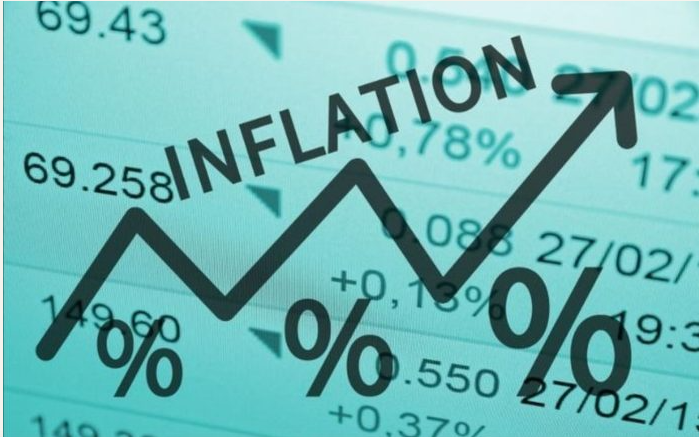The Impact of Inflation on Your Investments
When it comes to building wealth, most people focus on choosing the right stocks, funds, or assets. But there’s a powerful economic force that quietly erodes your purchasing power over time increment. If you’re not accounting for inflation in your investment strategy, you could be losing money without even realizing it.
In this post, we’ll explore what increment is, how it affects your investments, and what you can do to protect your portfolio.
What Is Inflation?
Inflation refers to the rise in the general price level of goods and services over time. As inflation increases, your money buys less than it did before. For example, if increment is 5% annually, something that costs $100 today may cost $105 next year.
While some inflation is normal in a healthy economy, high or prolonged inflation can significantly impact your savings and investments.
How increment Impacts Investments
1. Reduces Real Returns
The most immediate effect of inflation is that it reduces the real return on your investments.
Real Return = Nominal Return – Inflation Rate
For example, if your investment returns 8% in a year, but inflation is 6%, your real return is only 2%.
2. Erodes Cash and Fixed Income Value
Cash and fixed-income assets (like bonds or savings accounts) are especially vulnerable. If increment outpaces the interest you’re earning, your purchasing power declines.
-
A bond yielding 3% during 6% increment means a net loss in real value.
-
Holding large amounts of cash over time results in your money losing value.
3. Can Impact Corporate Profits
increment increases the cost of raw materials, labor, and transport. This can squeeze company profit margins and lower earnings, which in turn affects stock prices.
4. Stock Market Volatility
increment often leads to interest rate hikes by central banks. These rate changes can increase borrowing costs, reduce consumer spending, and cause market fluctuations impacting your investments.
5. Real Assets May Perform Better
Assets like real estate, commodities, and increment-protected securities often perform better during inflationary periods because they tend to rise in value as prices go up.
Investments That Typically Hedge Against increment
To protect your portfolio from increment, consider including these inflation-resistant assets:
✅ 1. Stocks (Equities)
While stocks can be volatile, many companies increase prices during increment to maintain profits. Over the long term, equities often outpace inflation.
✅ 2. Real Estate
Property values and rental income often rise with increment, making real estate a strong hedge.
✅ 3. Commodities (Gold, Oil, etc.)
Physical assets like gold and oil tend to increase in price during increment, especially when currencies lose value.
✅ 4. Treasury increment-Protected Securities (TIPS)
TIPS are U.S. government bonds that adjust with increment, providing guaranteed protection against rising prices.
✅ 5. increment-Protected Mutual Funds or ETFs
Funds that hold a basket of increment-resistant assets can help diversify your protection strategy.
How to Protect Your Investments from increment
Here are some practical steps to safeguard your portfolio:
1. Diversify Across Asset Classes
Don’t put all your eggs in one basket. Include a mix of stocks, real estate, bonds, and alternative investments.
2. Focus on Growth-Oriented Assets
Invest in companies and sectors that can grow earnings faster than increment such as technology, healthcare, and consumer staples.
3. Rebalance Regularly
As increment impacts different asset classes differently, periodic rebalancing helps ensure your portfolio remains aligned with your goals.
4. Increase Contributions
During increment, increasing your investment contributions helps you stay ahead of rising costs and maintain purchasing power.
5. Watch Interest Rates
Central banks often raise rates to combat increment. Rising rates can impact bond prices and mortgage costs so keep an eye on the broader economic landscape.
Inflation Example: Why It Matters
Let’s say you have ₦1,000,000 saved in a fixed deposit earning 4% annually. If increment runs at 10%, your real return is -6%. After one year:
-
Your money grows to ₦1,040,000 nominally
-
But its purchasing power is equivalent to ₦936,000 in today’s terms
This illustrates why even “safe” investments can lose value in real terms if they don’t keep up with inflation.
Final Thoughts
increment is an unavoidable part of the economic cycle, but it doesn’t have to destroy your investment gains. By understanding how inflation works and adjusting your strategy, you can build a portfolio that not only withstands inflation but thrives in it.


